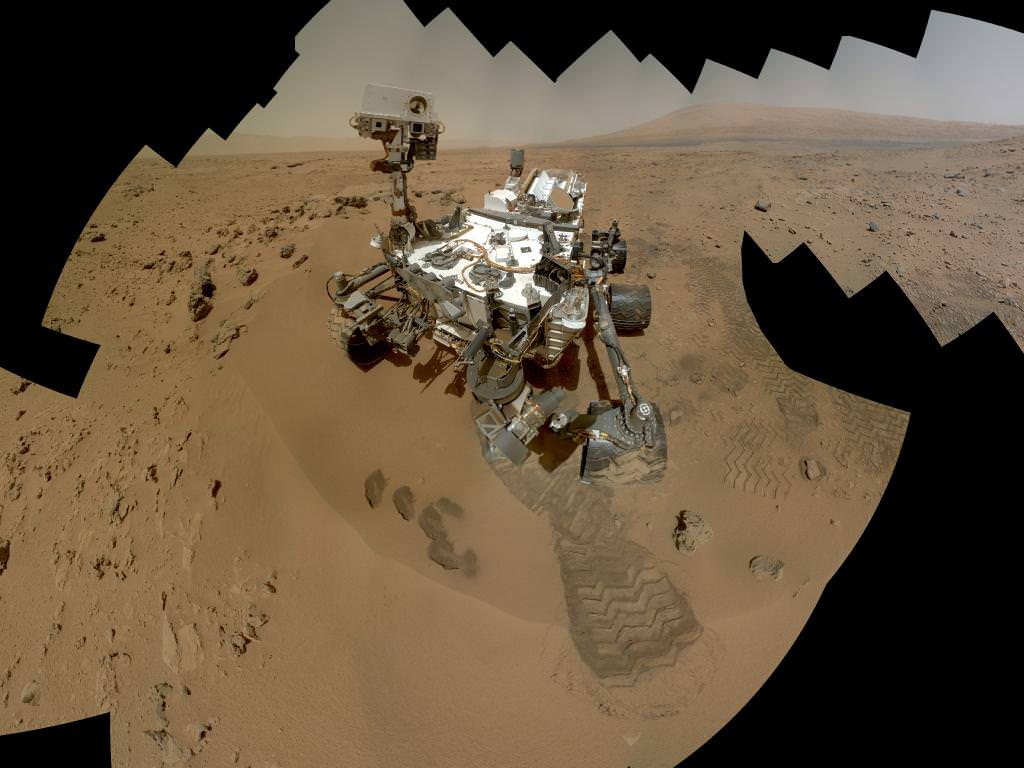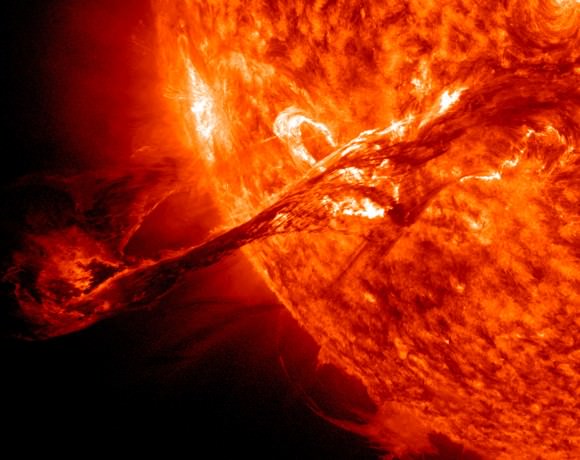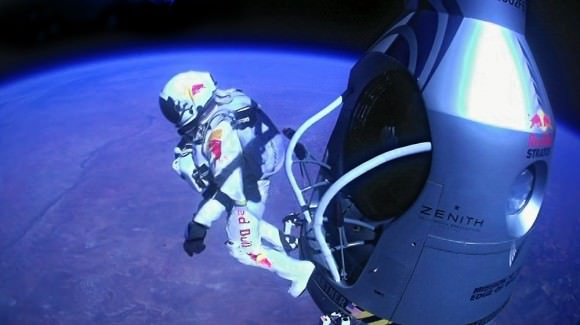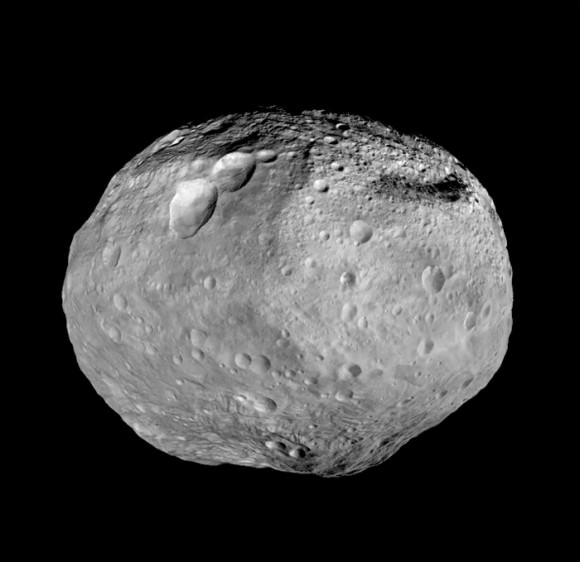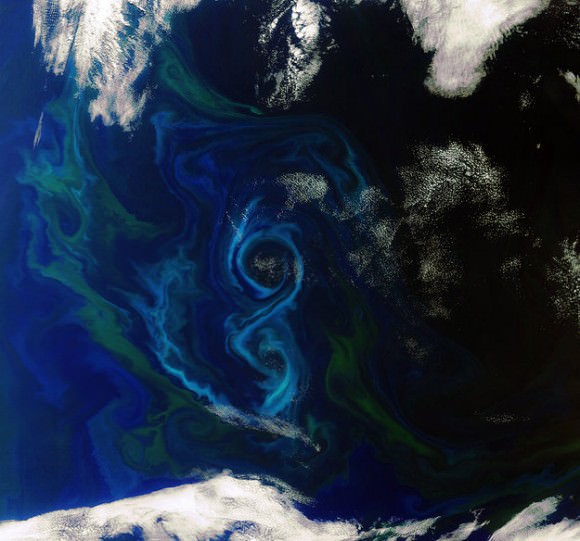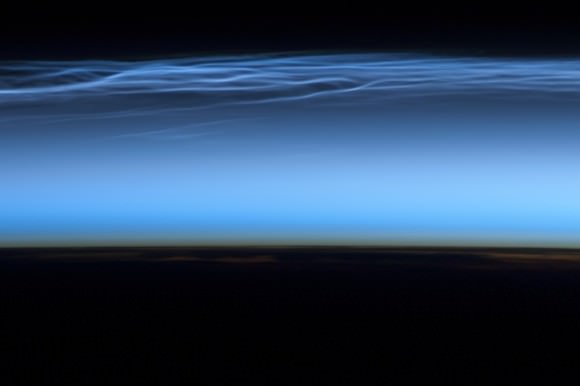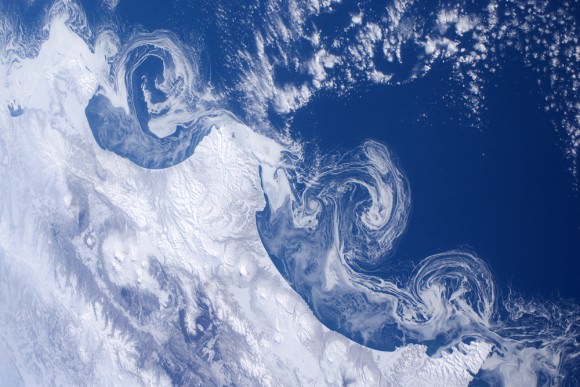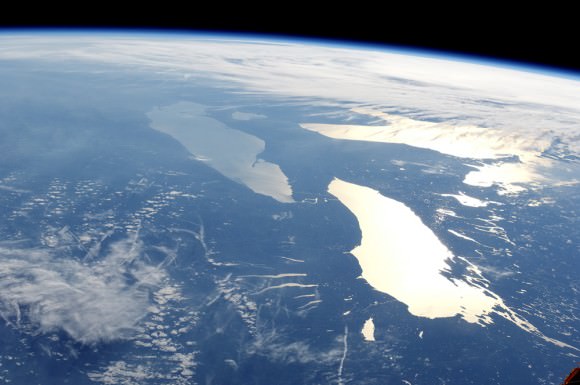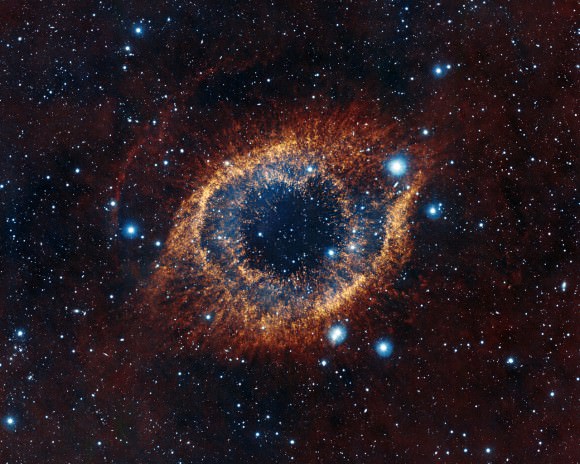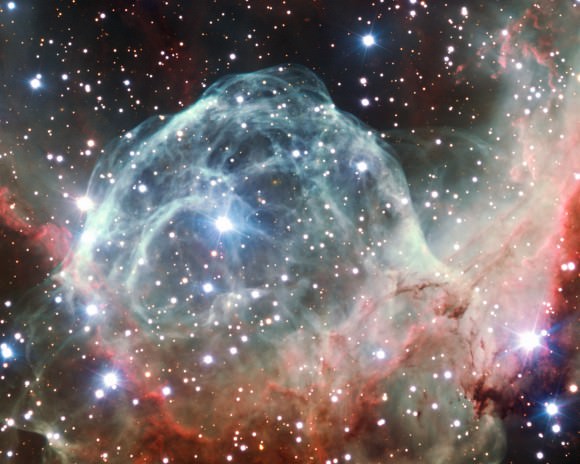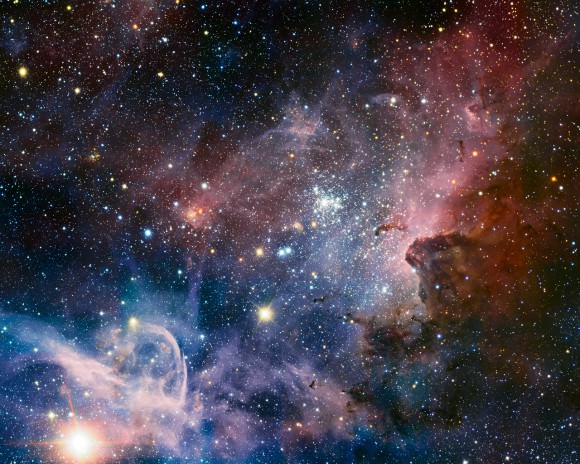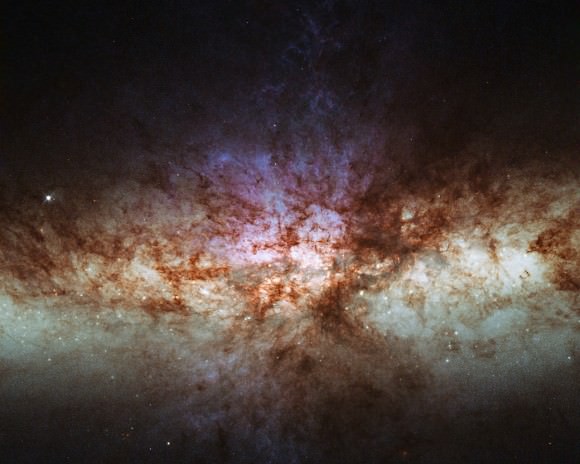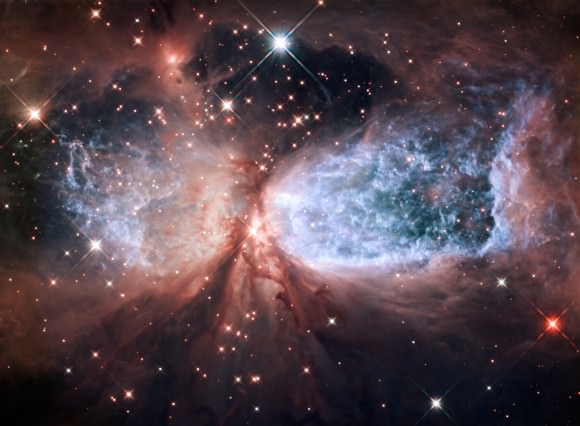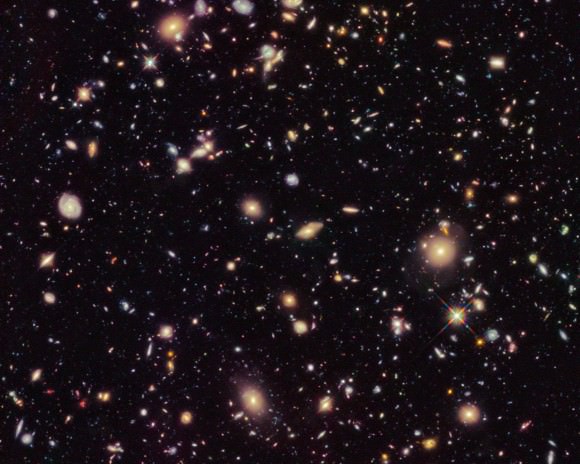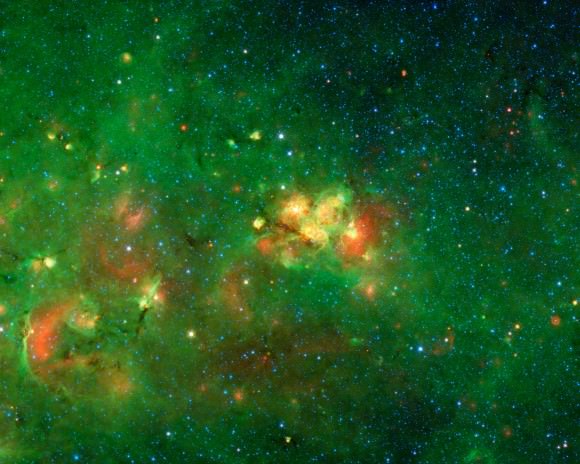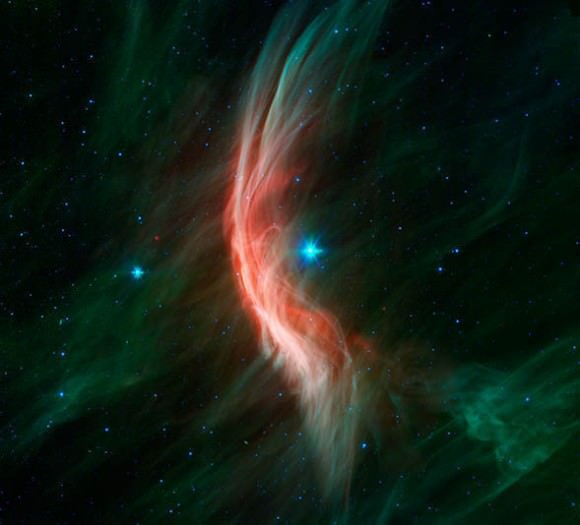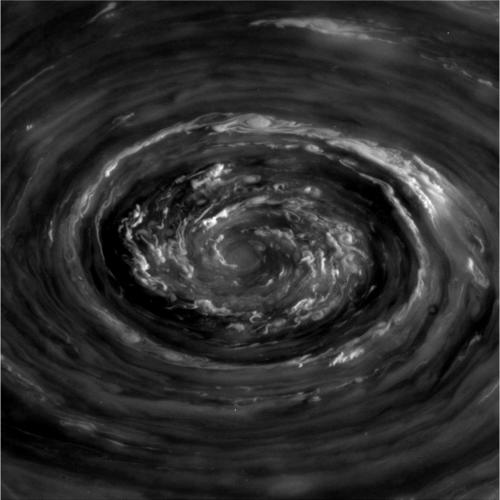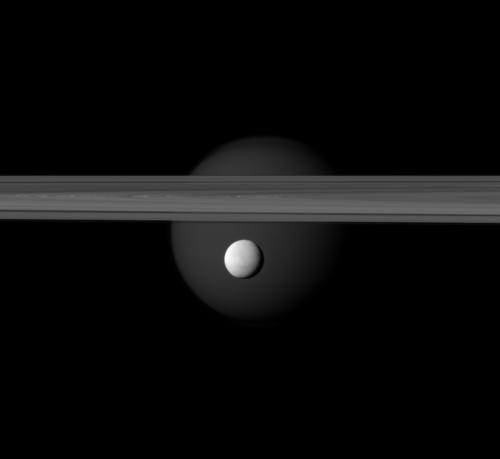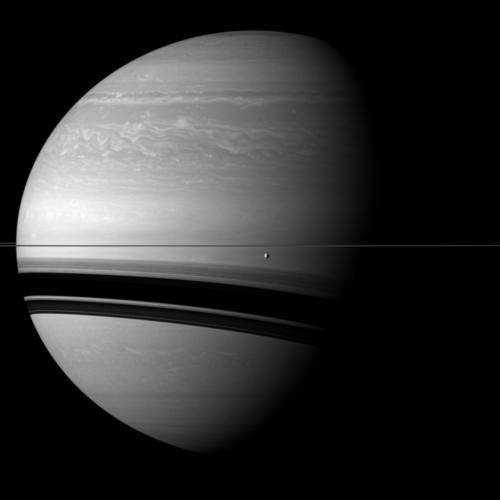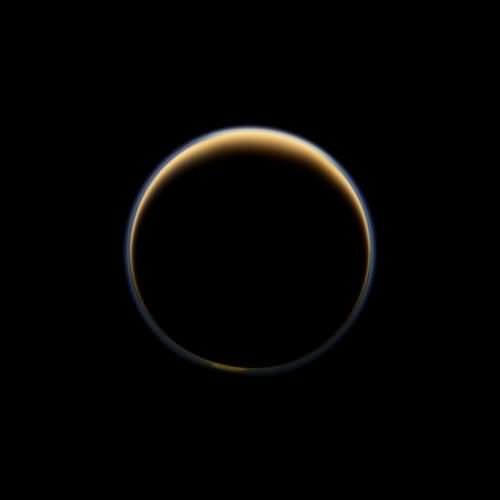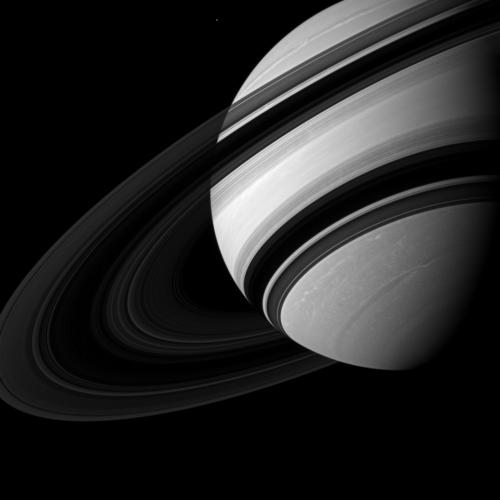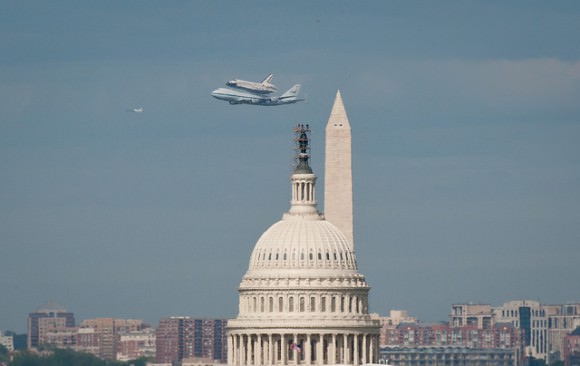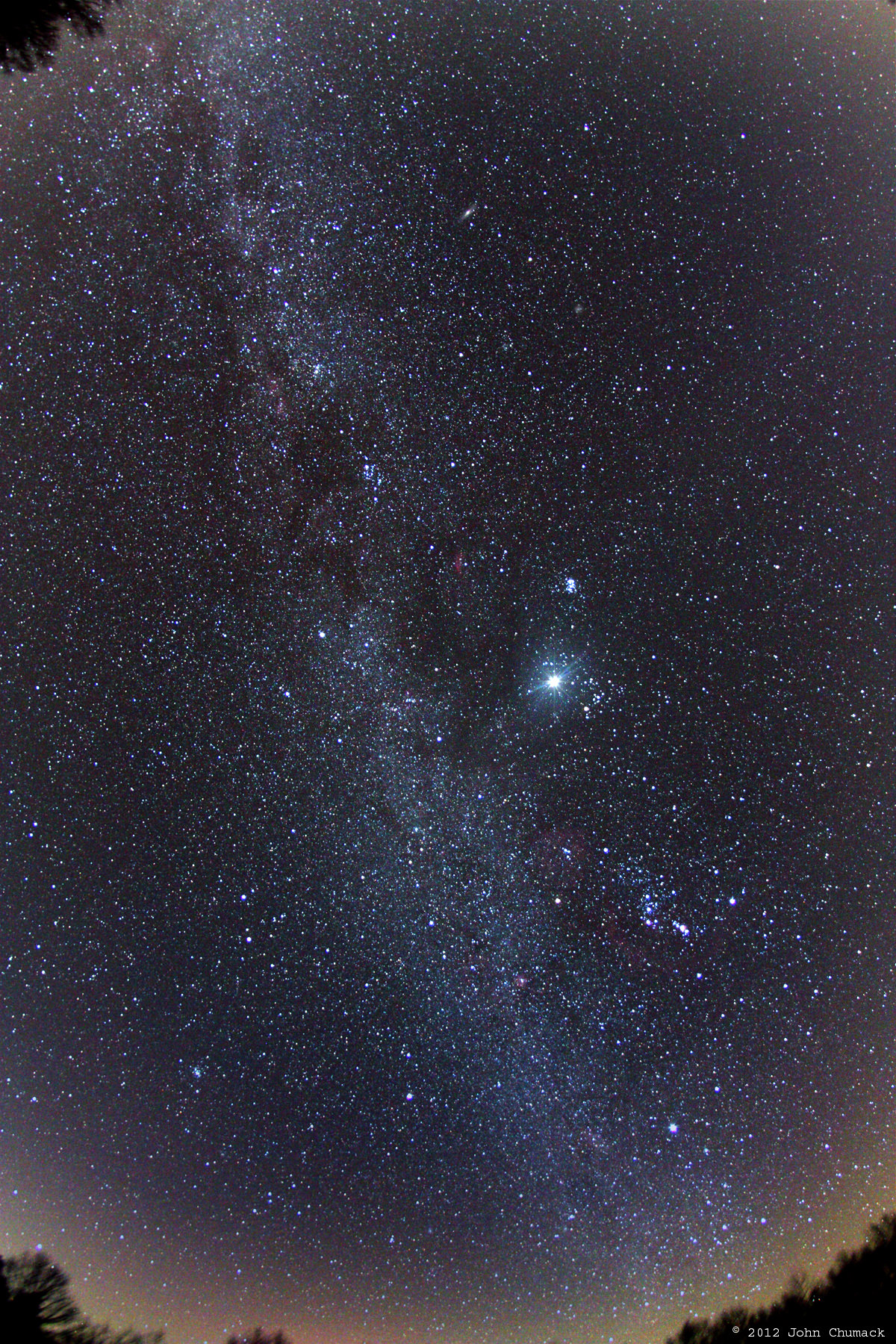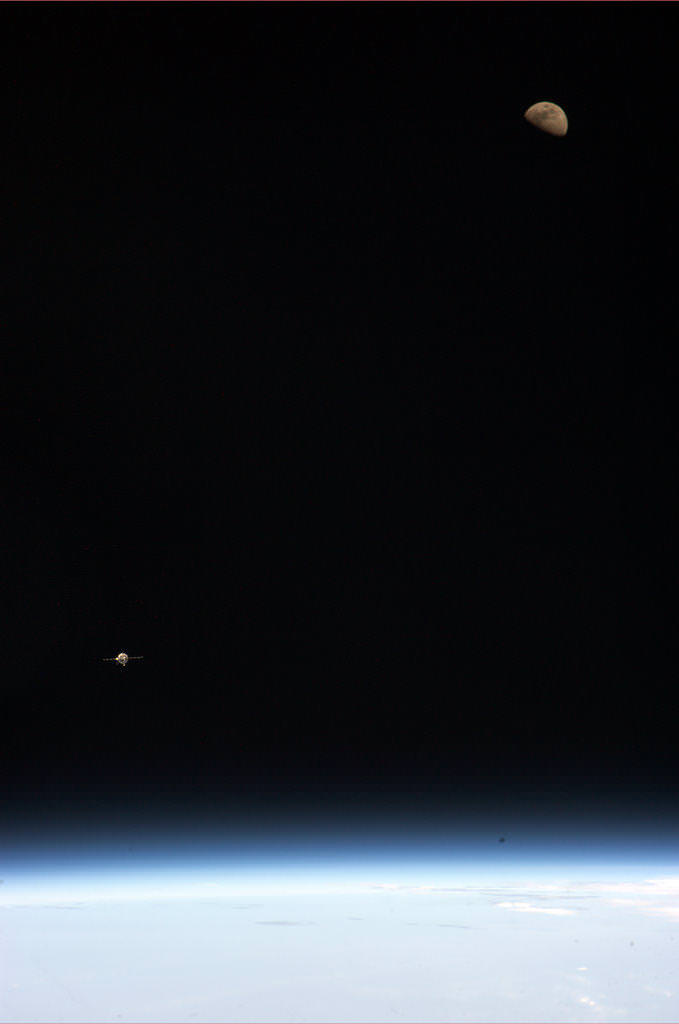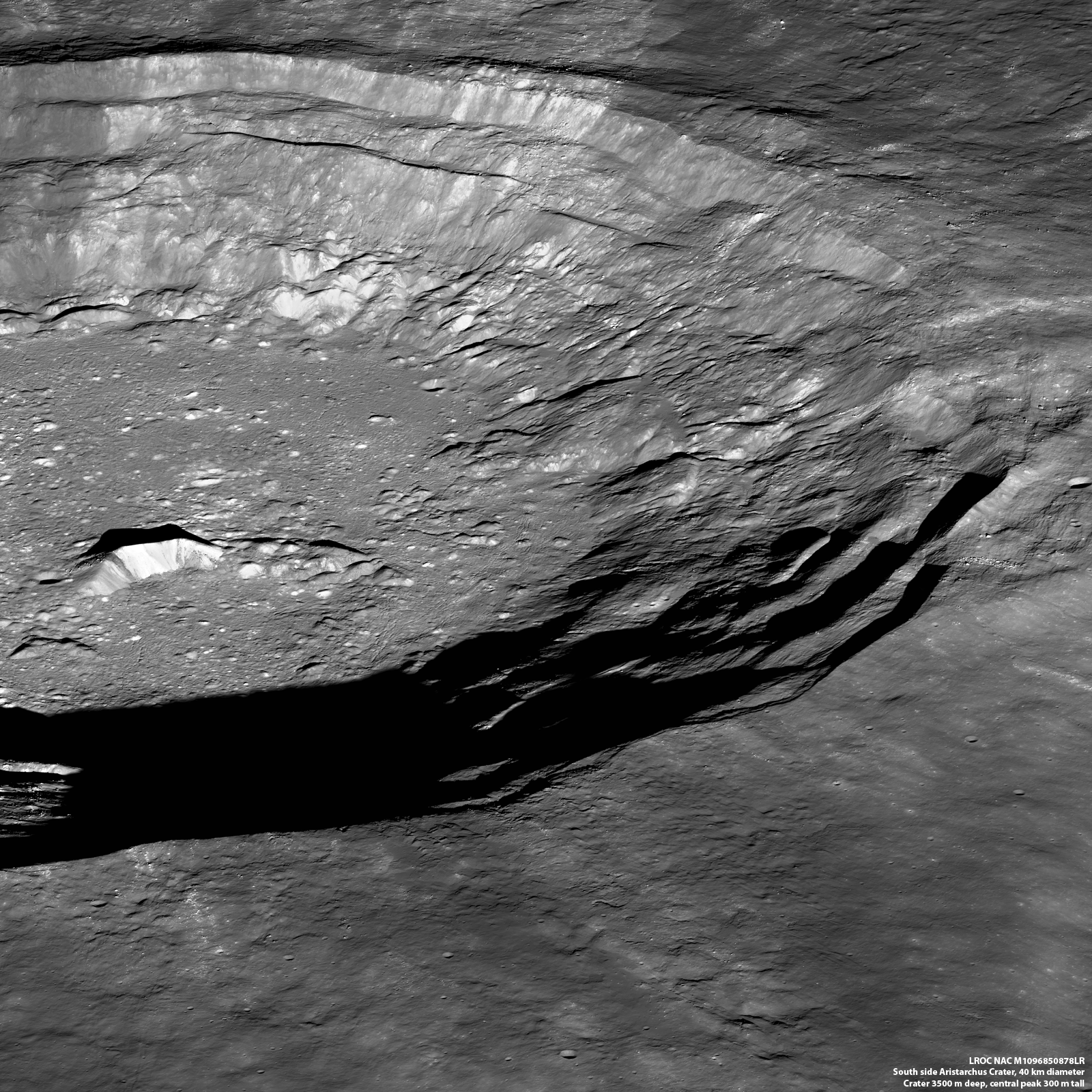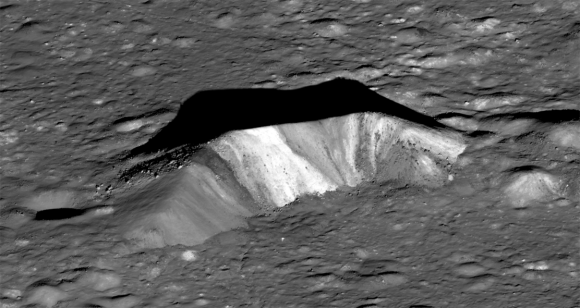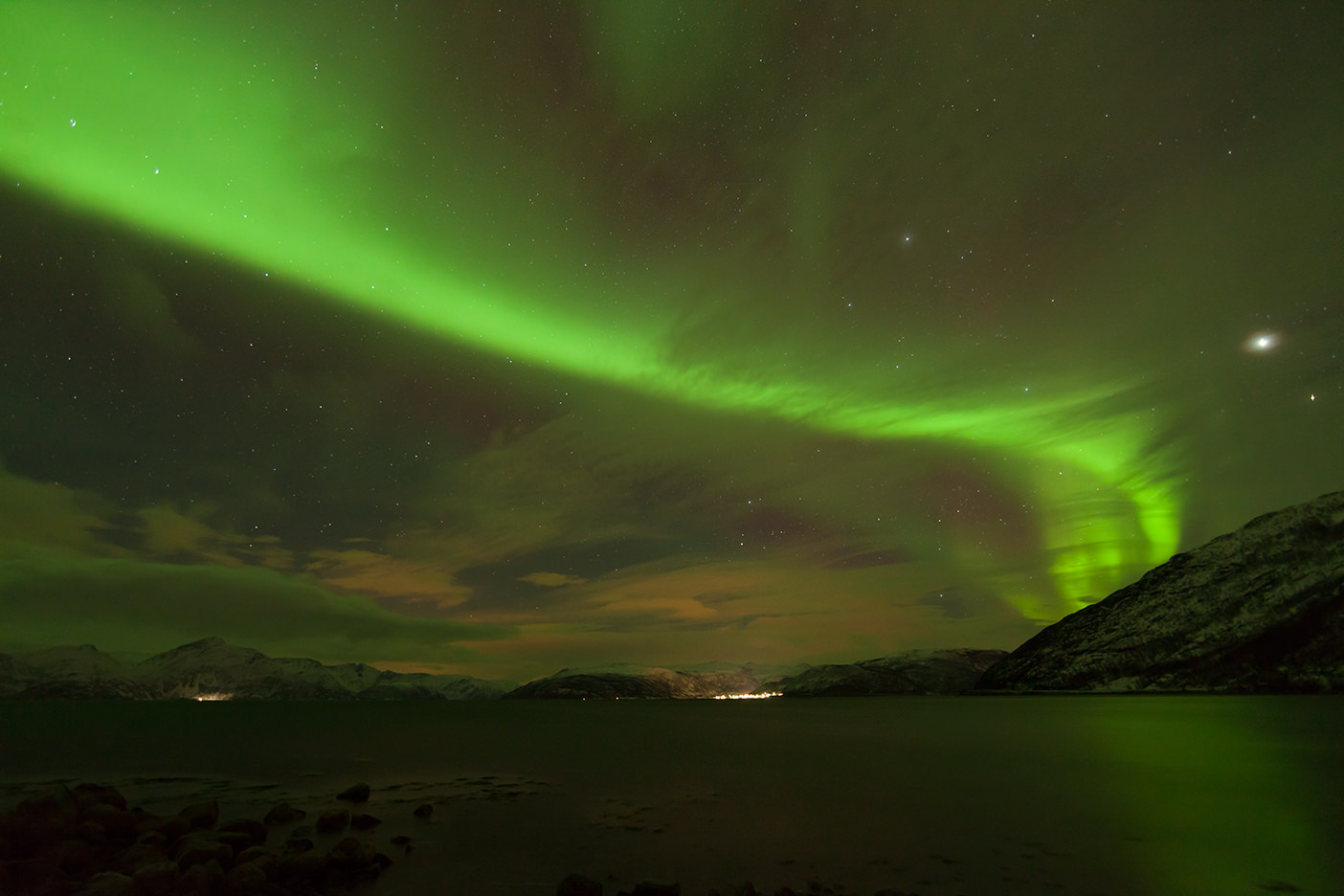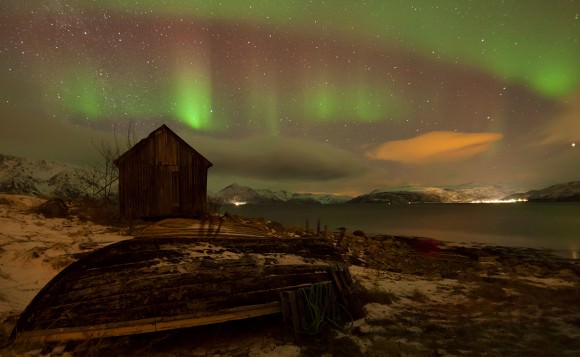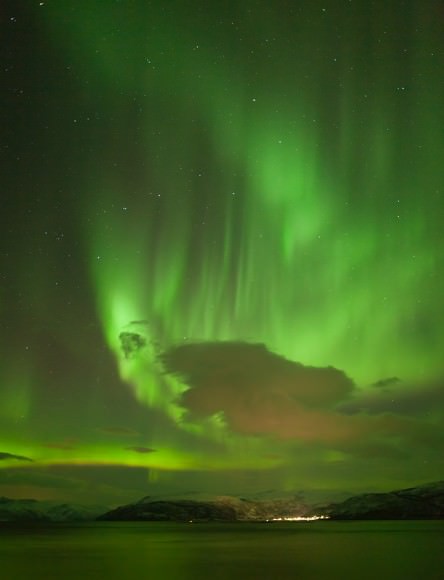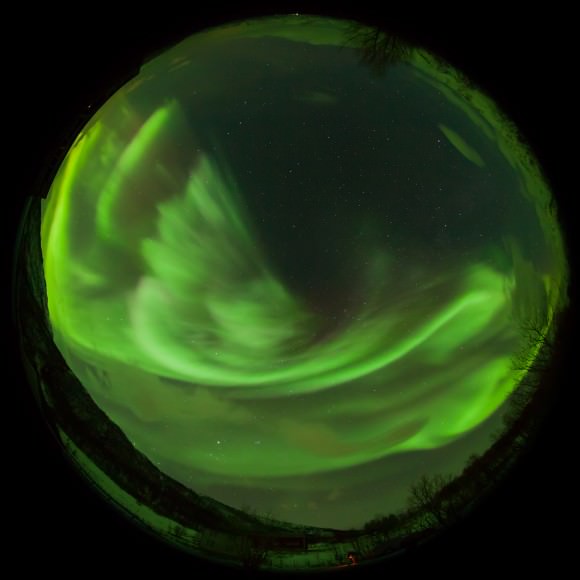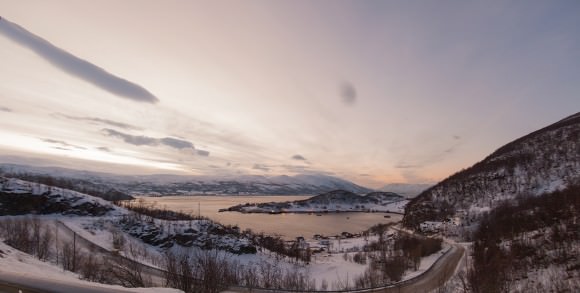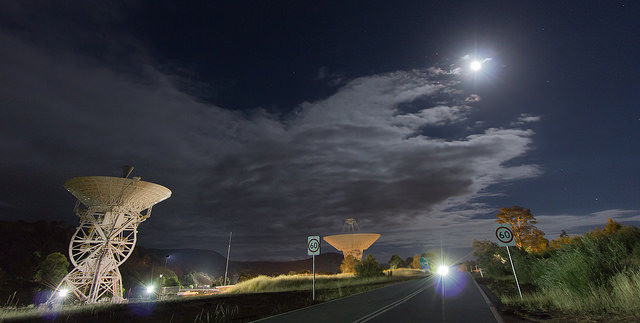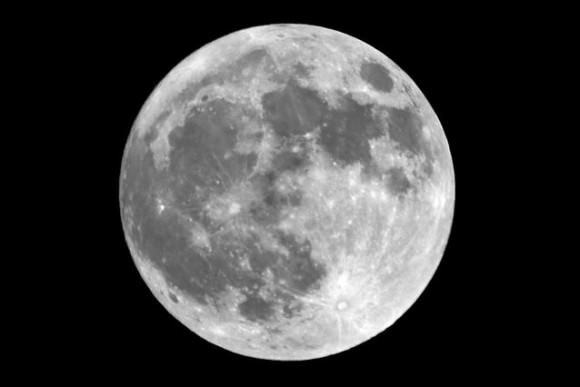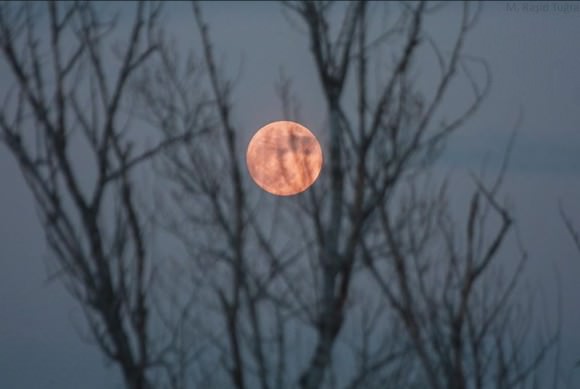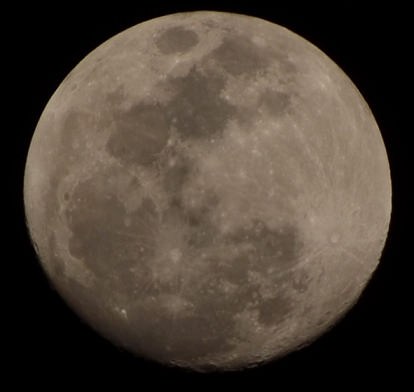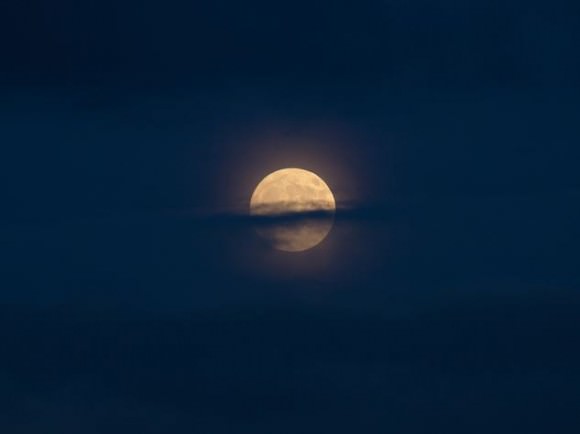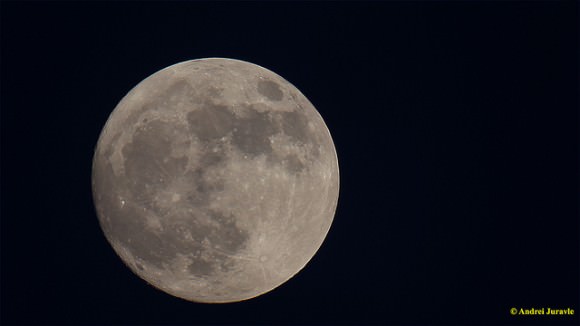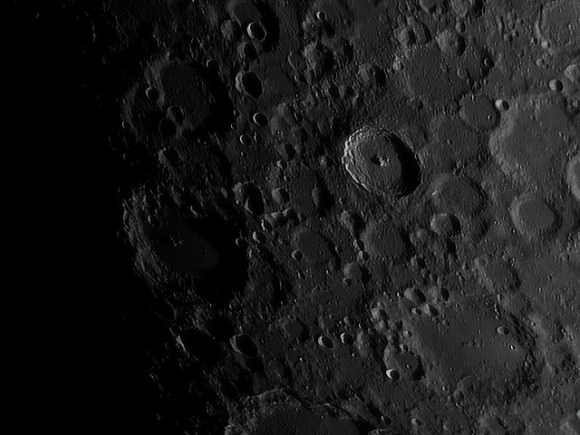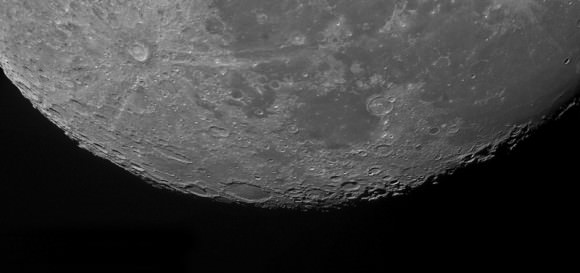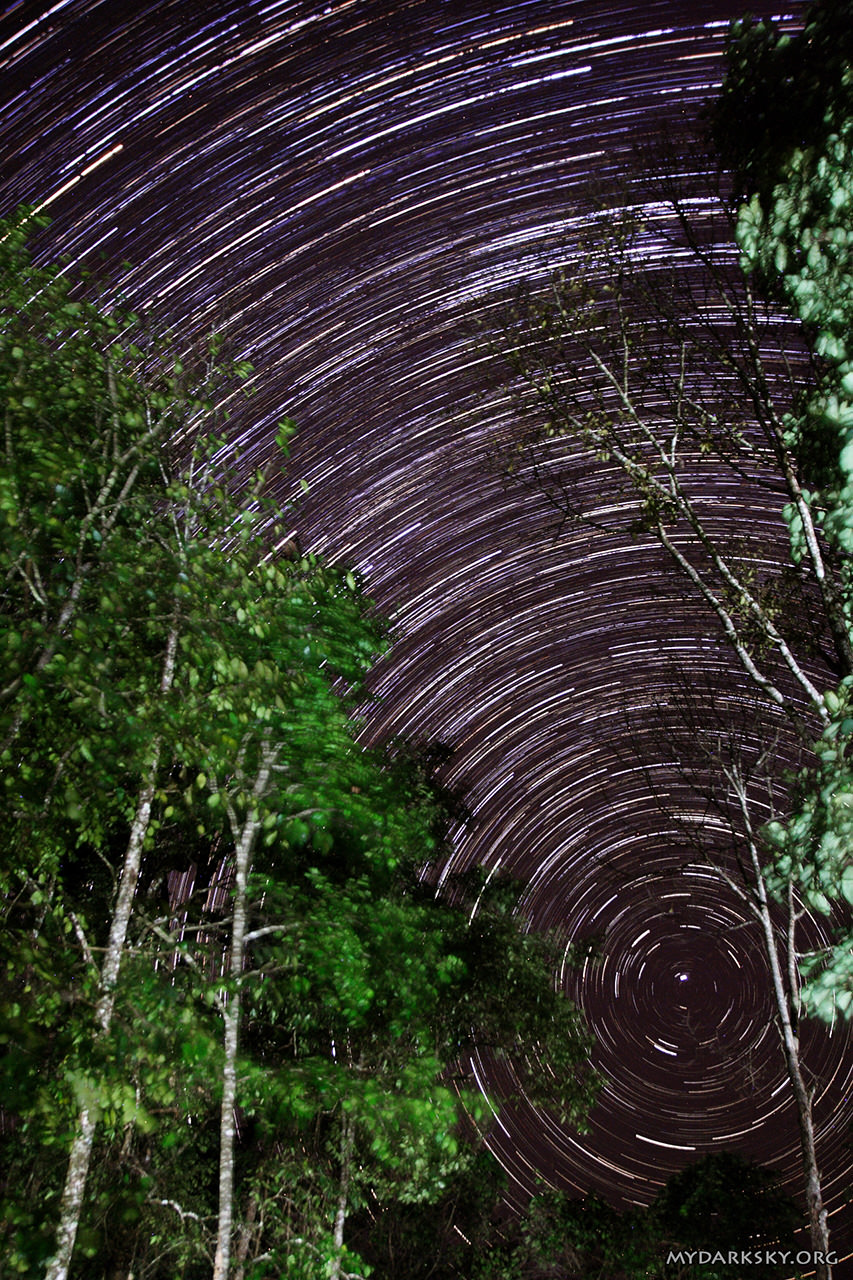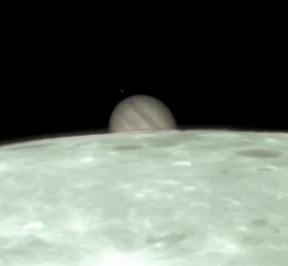Each year, we are simply stunned by the beautiful images of space shot from a growing myriad of eyes that stare toward the heavens. This year was no different. From views out of the portholes of the International Space Station and landscapes of Vesta and Saturn to the faraway vistas from Hubble, Chandra and Spitzer sit back and stare in awe at the vastness of the cosmos with this look back at the most awesome space images of 2012
Image credit: NASA/JPL-Caltech/MSSS
Curiosity hams it up at “Rocknest” in Gale Crater on Mars. The car-sized rover used the Mars Hand Lens Imager (MAHLI) on October 31st and November 1st to capture dozens of high-resolution snapshots. This self-portrait shows the surrounding terrain including Gale Crater’s northern wall and Mount Sharp in the background. Read more about Curiosity’s Incredible Self-Portrait.
Image credit: NASA/SDO
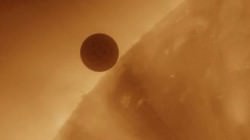 A magnificent filament from a medium sized flare produced one of the best shows of 2012 for the Solar Dynamics Observatory. Some of the particles from this eruption smashed into Earth producing beautiful aurora. SDO also witnessed a celestial event that’s only happened seven times since the invention of the telescope; the transit of Venus across the Sun.
A magnificent filament from a medium sized flare produced one of the best shows of 2012 for the Solar Dynamics Observatory. Some of the particles from this eruption smashed into Earth producing beautiful aurora. SDO also witnessed a celestial event that’s only happened seven times since the invention of the telescope; the transit of Venus across the Sun.
Image credit: Red Bull Stratos
Daredevil Felix Baumgartner poised at the edge of space about to break the sound barrier during a skydive is one of my favorite images of 2012. Read all about the record-setting freefall.
Image credit: NASA/JPL-Caltech/UCAL/MPS/DLR/IDA
This mosaic from NASA’s Dawn spacecraft stitches together the best views of the asteroid Vesta. Highlights of the image include the towering south pole mountain – twice as high as Earth’s Mount Everest – and a set of three craters known as the “snowman” in the upper left of the image. Read more about Dawn’s parting shots of Vesta.
ESA Envisat MERIS
Released in 2012 but taken in 2011, ESA’s Envisat shows the amazing artwork that is Earth. This phytoplankton bloom swirls in the ocean currents creating a figure-8 pattern in the South Atlantic Ocean near the Falkland Islands. Read more.
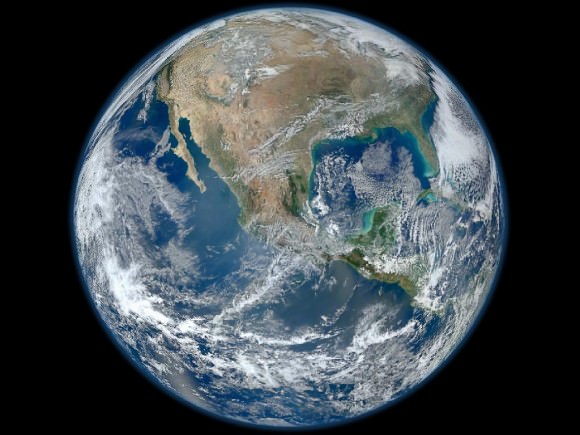
Image Credit: NASA/NOAA/GSFC/Suomi NPP/VIIRS/Norman Kuring
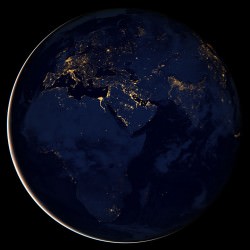 A ‘Blue Marble’ image taken from NASA’s Suomi NPP Earth-observing satellite offers a snapshot of Earth’s surface on January 4, 2012. NASA released a night-time version called the ‘Black Marble’ in December 2012. The image at right features the threadlike connections of city lights across the eastern hemisphere. See more of the Black Marble images.
A ‘Blue Marble’ image taken from NASA’s Suomi NPP Earth-observing satellite offers a snapshot of Earth’s surface on January 4, 2012. NASA released a night-time version called the ‘Black Marble’ in December 2012. The image at right features the threadlike connections of city lights across the eastern hemisphere. See more of the Black Marble images.
Astronauts aboard the International Space Station used their lofty perch to take some awesome images of Earth in 2012.
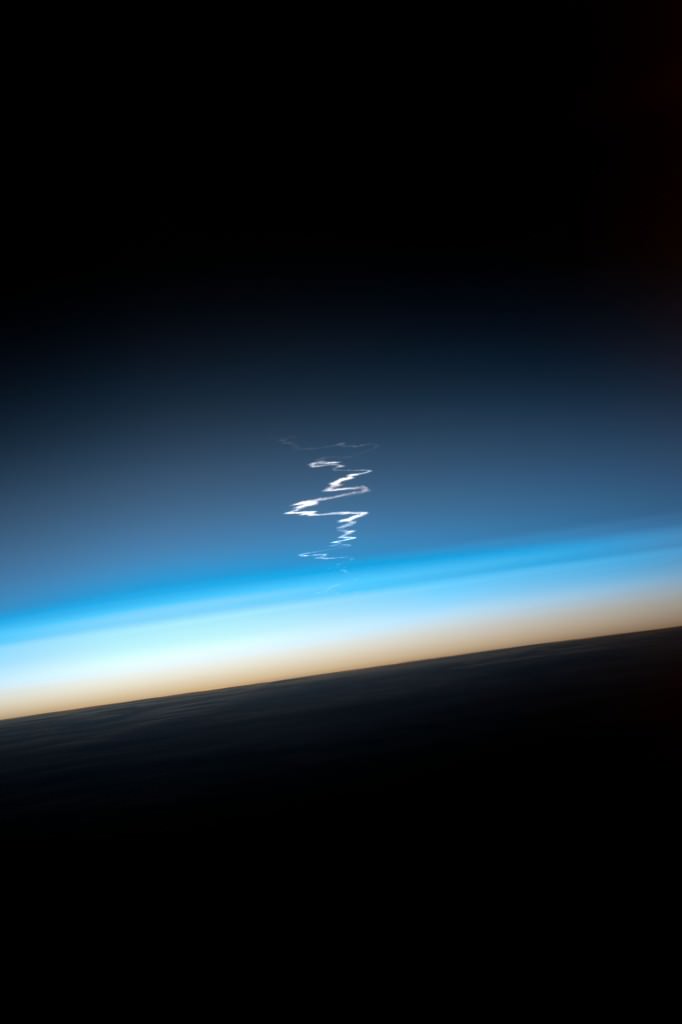
NASA ISS
Expedition 33 crew look at exhaust trails from the Soyuz rocket that blasted off from the Baikonour Cosmodrome in October heading toward a rendezvous with the ISS. Exhaust plumes curled in different directions due to winds blowing in different directions as the rocket ascended through various atmospheric layers.
NASA ISS
Astronauts shot an image of delicate shining threads called polar mesospheric clouds as they zoomed across the Tibetan plateau in June 2012. Also known as noctilucent or night-shining clouds, this image is the first time astronauts caught the phenomenon from orbit.
NASA ISS
Sea ice forms along the Pacific coastline of the Kamchatka Peninsula in this image from Expedition 30 in March 2012. Large circular eddys spin off from the southwestward flowing Kamchatka current. While the sea ice looks thin and delicate, the smallest features in this image are several meters across. North is to the left in the image.
NASA ISS
The ISS was sailing over Nova Scotia when astronauts caught sunglint reflecting off the Great Lakes of North America. Featured in the image are New York’s Finger Lakes, Lake Ontario, Lake Huron and Lake Erie. Most of Canada is hidden under a blanket of clouds toward the curving horizon in this image.
Image credit: ESO/VISTA/J. Emerson. Acknowledgment: Cambridge Astronomical Survey Unit
The European Southern Observatory’s Visible and Infrared Survey Telescope for Astronomy, or VISTA, captured what may be one of the most stunning images of the planetary nebula called the Helix Nebula, or NGC 7293.
Image credit: ESO/B. Bailleul
Thor’s Helmet Nebula, in Canis Major, was taken to celebrate the ESO’s 50th anniversary in October 2012. A bright massive star blew this colossal cosmic bubble in the surrounding nebula.
Image credit: ESO/T. Preibisch
ESO’s Very Large Telescope captured a vast panorama full of exotic cosmic landscapes, glowing gas and new stars in this image of the Carina Nebula.
NASA/ESA Hubble
NASA’s Hubble Space Telescope shot this most detailed view of the dusty core of Messier 82, or the Cigar Galaxy.
NASA/ESA Hubble
Resembling an angel, the bi-polar star-forming region called Sharpless 2-106, or S106, blazes brightly in this image from NASA’s Hubble. Super hot gas, glowing blue in the image, contrasts with the cooler red-colored gas and dust.
NASA, ESA, R. Ellis (Caltech), and the HUDF 2012 Team
Deep in this image – a tiny slice of sky taken with the Hubble – lie some of the most distant galaxies observed to date. The image shows the Hubble Ultra Deep Field 2012 and improves upon the previous Ultra Deep Field image.
Image credit: NASA/JPL-Caltech/Univ. of Wisconsin
NASA’s Spitzer Space Telescope has amassed a vast collection of infrared images. Spitzer can find beauty hidden in behind the densest dust clouds. This nebula is found in the constellation Scutum. I think it looks like a bumblebee.
Image credit: NASA/JPL-Caltech
The giant star Zeta Ophiuchi zips along so quickly that it creates a bow shock in the surrounding nebula. These gossamer ripples glow in infrared and can only be seen with Spitzer’s instruments.
Image credit: NASA/JPL-Caltech/Space Science Institute
NASA’s Cassini spacecraft continues to dazzle with this detailed close-up of the vortex at Saturn’s north pole in this image taken in November 2012.
Image credit: NASA/JPL-Caltech/Space Science Institute
Nearly as dazzling as the images, the skill of Cassini imaging team at finding unique shots is impressive. The bright moon Enceladus sits before the rings with the larger moon Titan glowing dimly in the distance. Cassini took this image in April 2012 from a distance of about 600,000 miles (1 million kilometers) from Enceladus.
Image credit: NASA/JPL-Caltech/Space Science Institute
Taken by Cassini at the beginning of 2012, Saturn’s moon Tethys lies before the wide shadows cast onto Saturn.
Image credit: NASA/JPL-Caltech/Space Science Institute
Sunlight scatters through the edge of Titan’s atmosphere in this image from Cassini. At the bottom of the moon’s limb, a hint of the high clouds that form the south polar vortex on Titan can be seen.
Image credit: NASA/JPL-Caltech/Space Science Institute
A tour of Saturn wouldn’t be complete without a beauty shot of the planet’s sweeping rings and complex cloud systems. Dwarfed by Saturn, Mimas sits near Saturn in this image from Cassini.
Image credit: NASA/Rebecca Roth
2012 is also known for some goodbyes. The three remaining shuttles were retired and sent to museums around the country. Space Shuttle Discovery, mounted atop a NASA 747 Shuttle Carrier flies near the US Capitol on April 17, 2012 enroute to its final home at the National Air & Space Museum’s Steven F. Udvar-Hazy Center.

